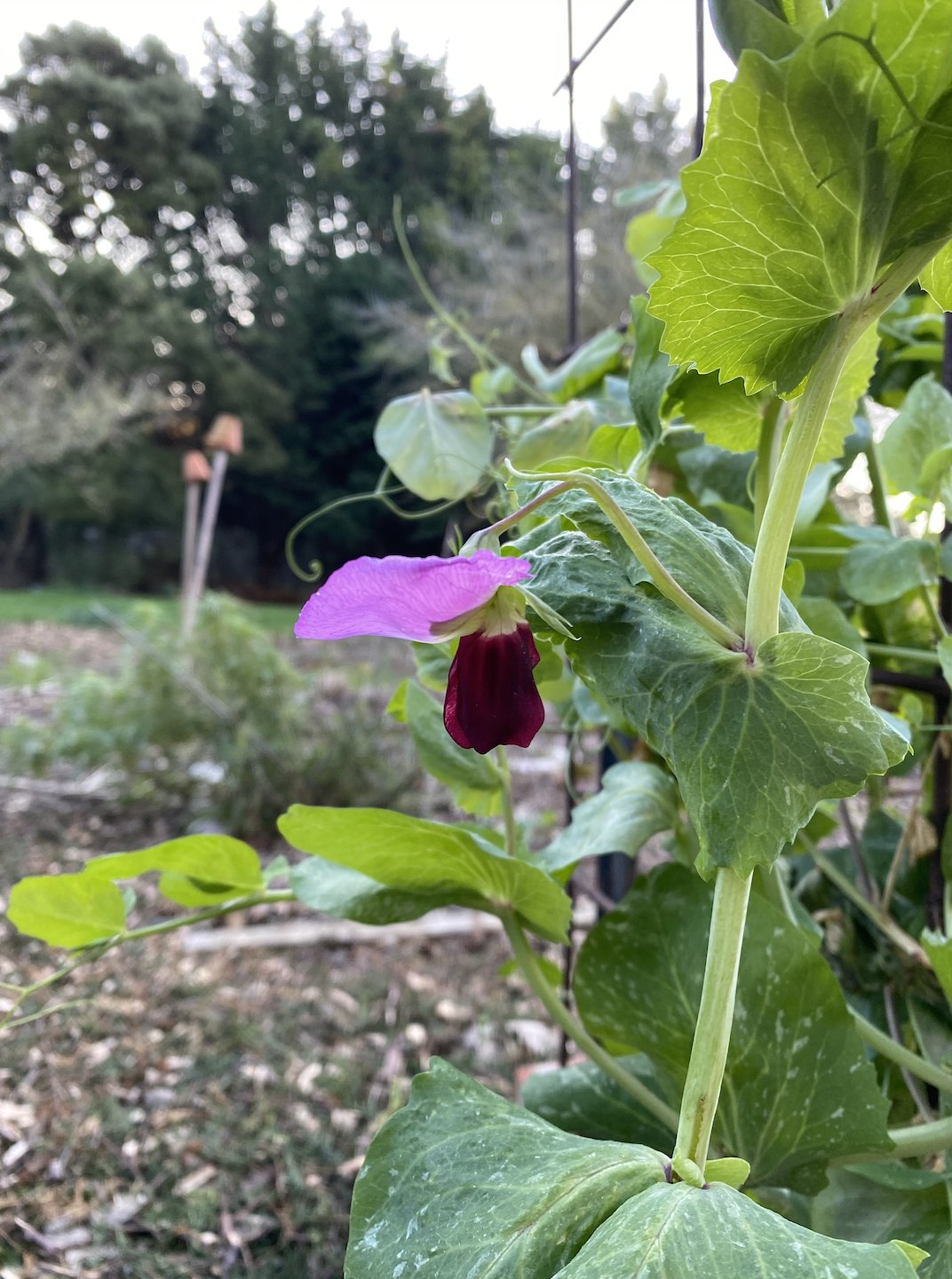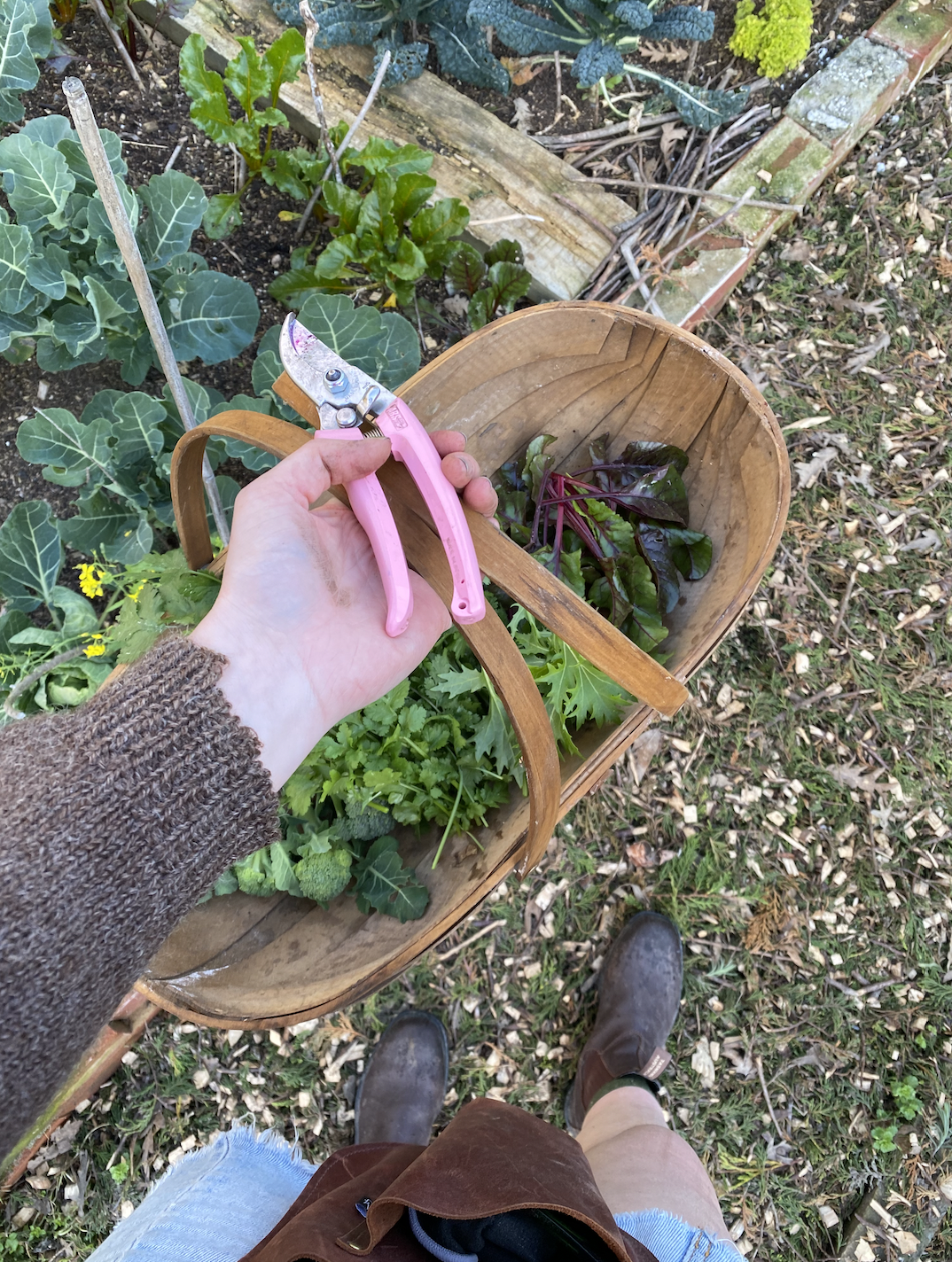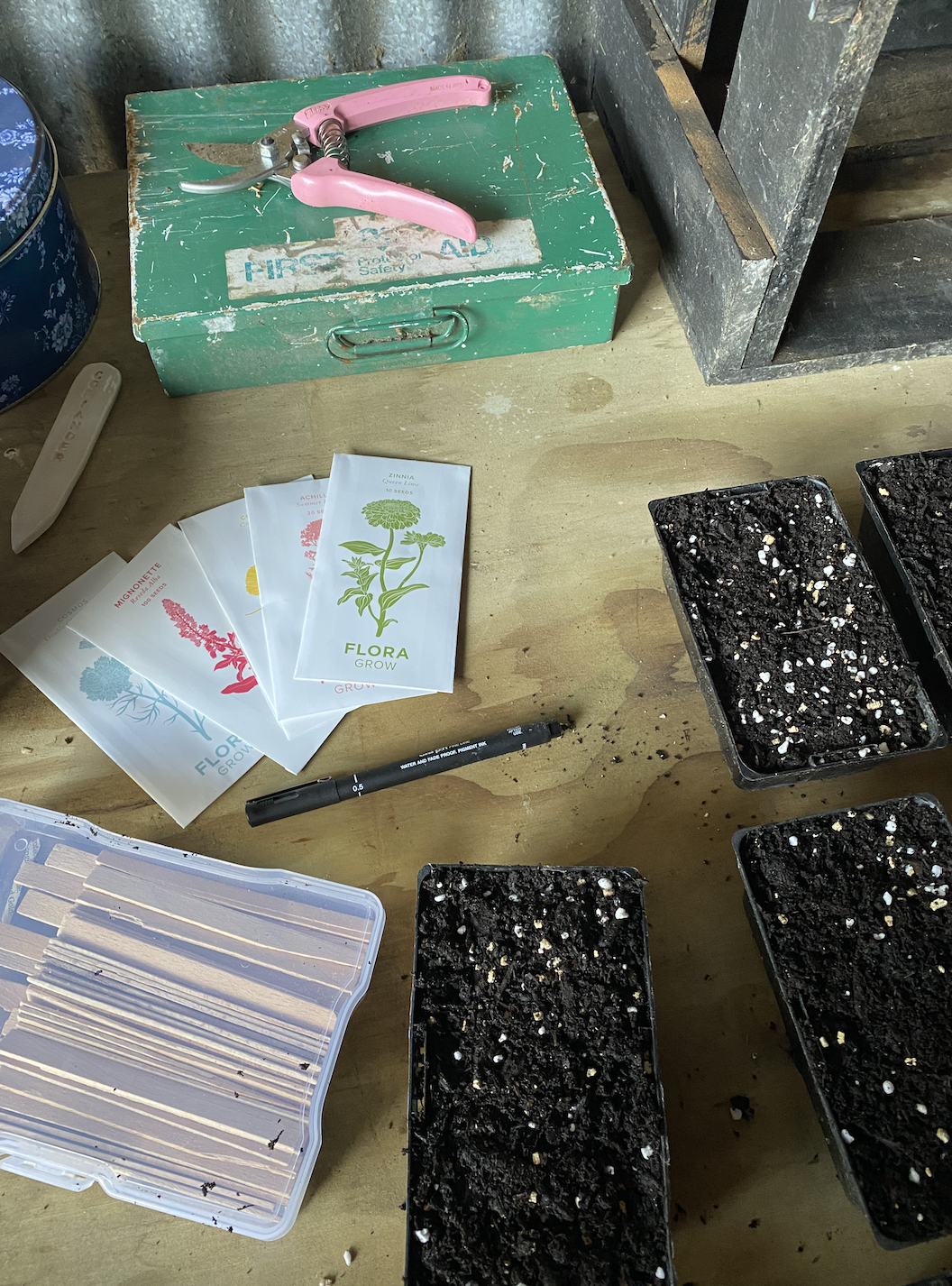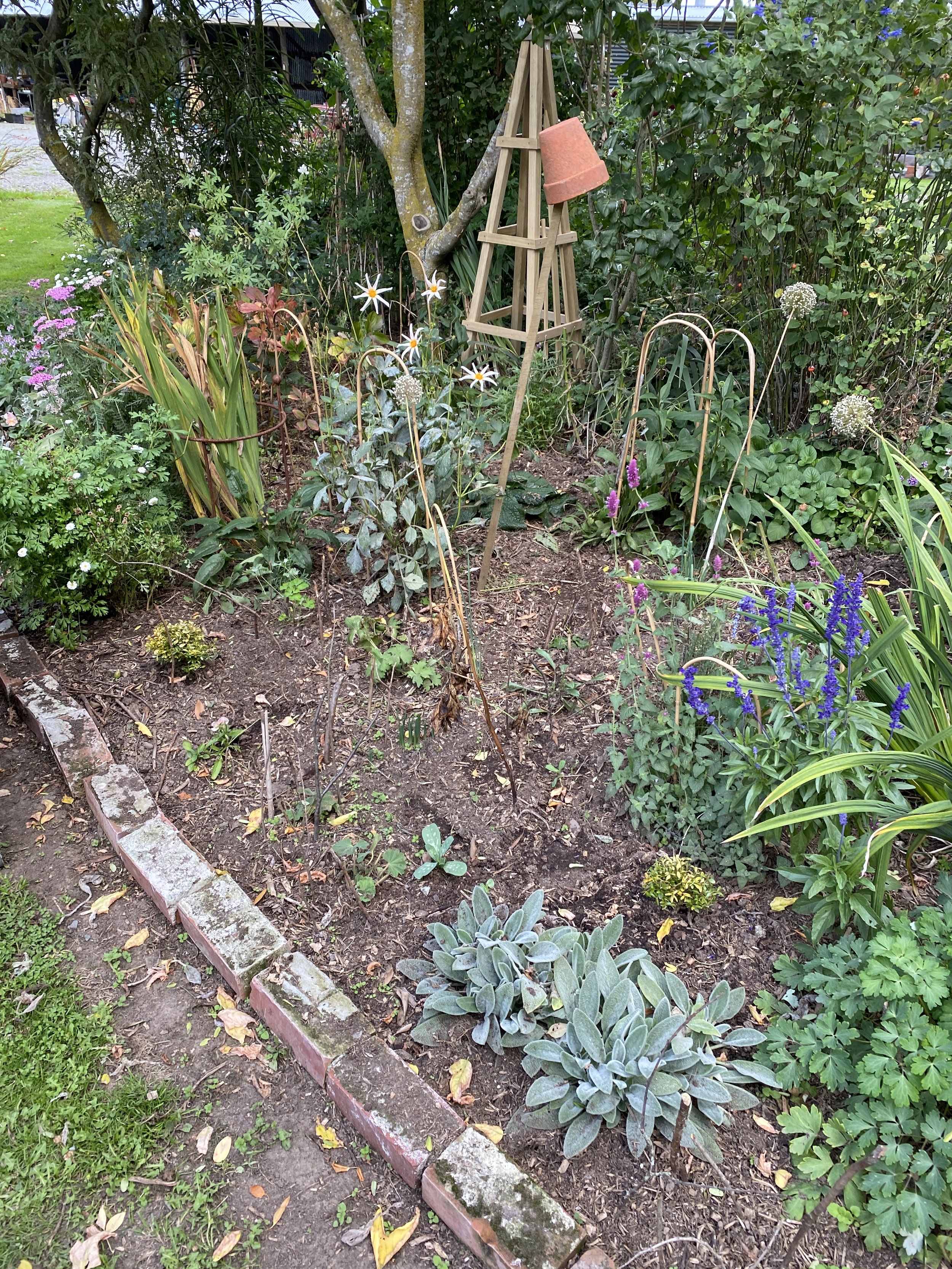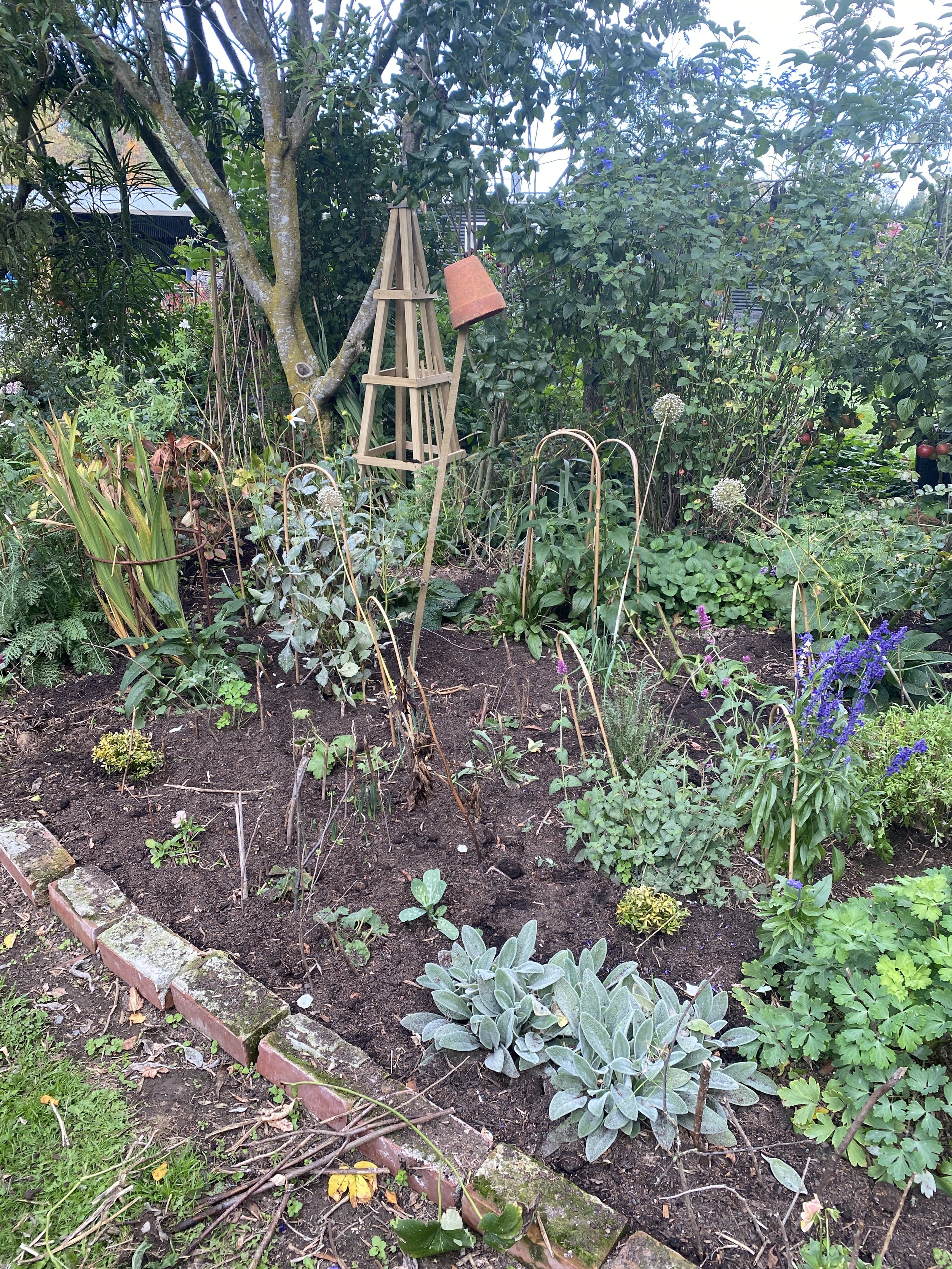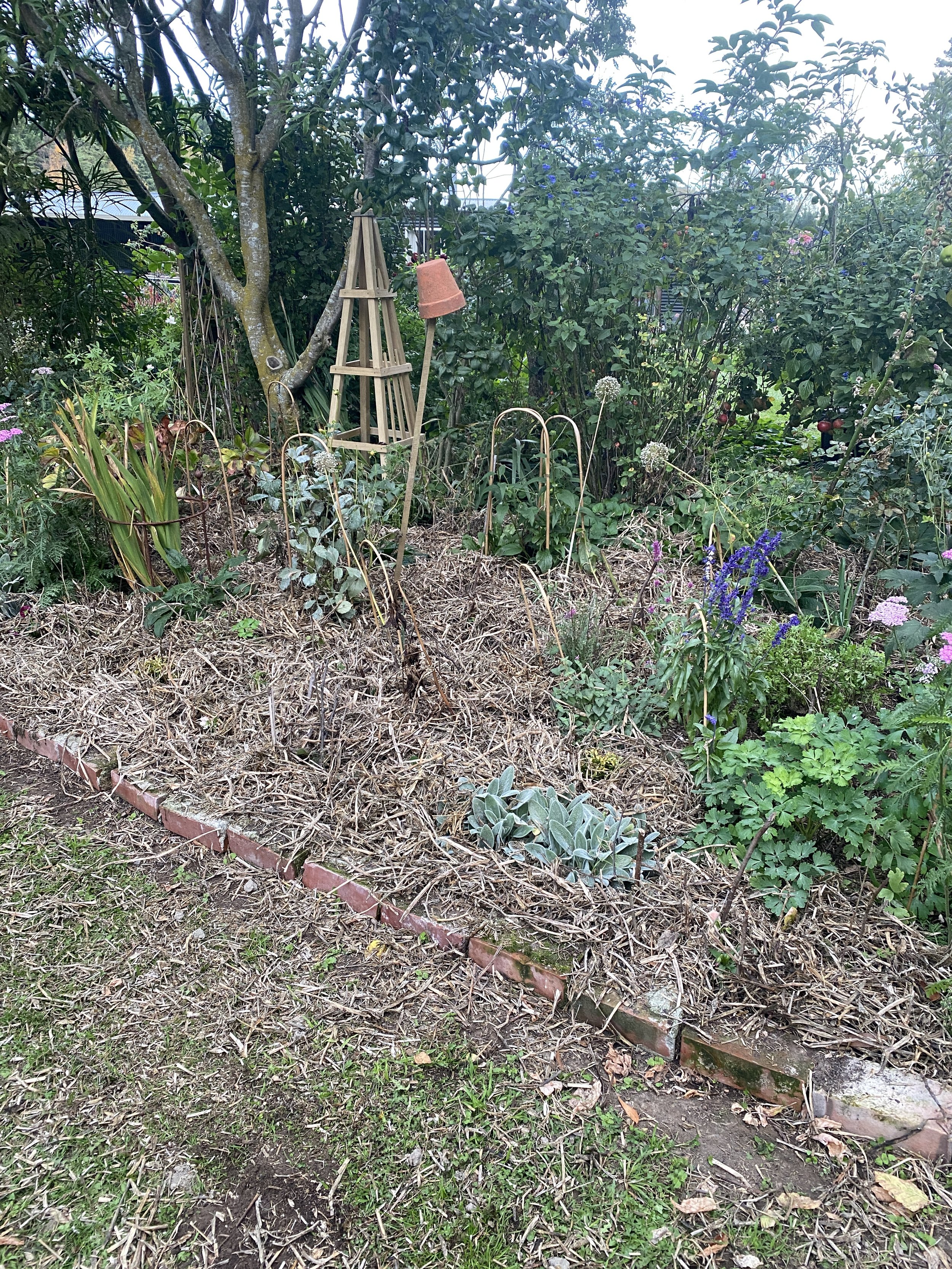Gardening in August/September
Spring is in the air! It may not officially be Spring but the slightly longer days sure make it feel that way. This time every year I think Spring has arrived and then we get these bitter cold weather fronts that snap us back into reality and I realise it’s still officially a month. It is such a beautiful time of year watching the trees turning green again as their new leaves unfold. The soil is warming up and that means two things for me, it’s time to start sowing seeds and to look out for the weeds! So I have written some jobs for the next few months that you can do in the garden along with some tips on how to sow seeds and keep the weeds at bay!
Jobs to do in the garden this August/September:
Sow seeds
Prune Roses
Chit your Potatoes
Divide perennials
Add compost to your soil
Prune Hydrangeas
Mulch the bare soil
Dead head bulbs
Sowing seeds:
For my guide to successfully sowing seeds click here:
Seeds to sow in august:
Vegetables: Tomato’s, Zuchini, Chillis, Cucumber, Sweet Corn. Keep protected indoors from the frost.
Flowers: Hardy annuals for a succession of flowers from Autumn sown. Nigella, Poppies, Larkspur, Scabiosa, Honeywort, Mignonette, Calendula.
Seeds to sow in September:
Vegetables: Leek, Beetroot, Potatoes,
Flowers: Cosmos, Scabiosa, Orlaya (Direct sow), Zinnias, Sunflowers, Marigolds.
vegetable Succession sowings:
These are things you can sow every 4-8 weeks to ensure you have a continuos supply from now through to Autumn. Just scatter a few seeds on the soil and scratch them in. Set a reminder on your calendar and keep these seeds aside to make it easy to do.
Lettuce, Carrots, Onions, Coriander, Rocket, Peas, Radish.
Why I sow seeds and not just plant seedlings?
For me it is the simple joy of watching seeds germinate and become a plant from the tiny seed that you planted. It is like watching magic happen!
The real benefit for you is that you get unique flower and vegetable varieties which aren’t often sold in your local plant nurseries.
If you don’t have the time, patience or space to sow seeds, planting out seedlings is a great alternative and you can still get all of your essential vegetables, herbs and flowers from your local hardware store.
Another benefit is that one seed pack will cost approximately $4 and this means you can get 20-100 seedlings compared to 6 seedlings in a tray.
I do a mix and purchase/plant seedlings that I don’t have time to grow from seed or for convenience.
Top tip:
If you don’t have a tunnel house or you’re lacking space, simply use an empty milk bottle and cut almost in half just below the handle so one side acts as a hinge. Punch some holes in the bottom for drainage, fill the bottom with seed raising mix and you have yourself a mini tunnel house.
Adding compost and the benefits:
If you have the space to make your own then that is the best way to do it, if not, then you can buy it in bags or get it by the scoop from your local landscape supply store. I often do this when I am creating a new bed or wanting to do a mass compost to the garden and buy in a trailer load.
By adding compost you’re increasing the organic matter, living organisms and building up your top soil.
This also helps to protect the roots and keep the weeds down.
This is a great way to improve the health of your soil and therefore give your seedlings the best start you can have.
It makes the garden look so tidy and fresh too which I love!
Adding mulch:
How to do it? Why add it? Is it really worth it?
It seems like a lot of work at the time but the hours it will save you weeding far out way the job of getting it spread on the garden.
It keeps weeds down which reduces competition with plants for water, space, light and nutrients.
It helps to hold water in the soil for those drier days.
Adds organic matter and protects the soil.
I like to use pea straw as my preferred mulch but you can use a thick compost or bark chip. If you are using a bark chip this can suck a lot of the Nitrogen away from the soil so keep that in mind.
Dividing perennials:
This is one of my favourite and most rewarding jobs.
By now you should be able to see at the base of your perennials that new buds will be forming and there will be signs of new life.
I love that you can make one plant into many more for free. Since a young age I have enjoyed replicating plants like this, it is so rewarding!
There are many way you can create multiple plants from one through asexual reproduction but division seems to work well for many perennials.
You will need a sharp tool like a Niwaki Trowel or a spade.
You can either dig the plant up and then simply start to divide through the clump with your blade to divide it up and plant the original clump back in the same spot.
Sometimes you can just start to cut side pieces off if you have a tool like the Niwaki Trowel.
Once you have dug a clump up, you can start to tease apart some perennials.
Either replant them or you can pot them up to grow them on for a new area.

